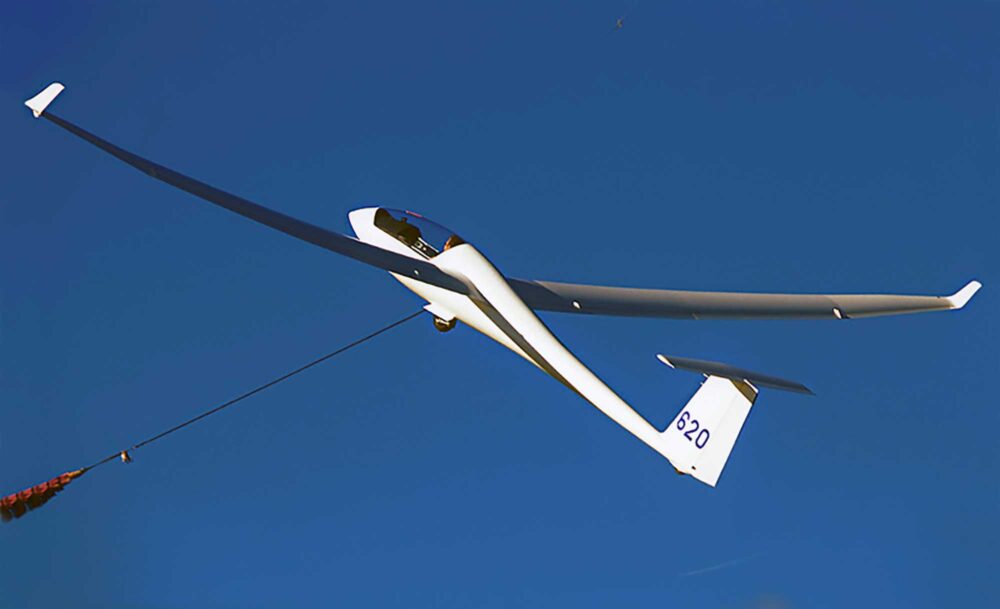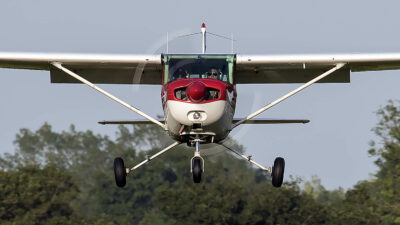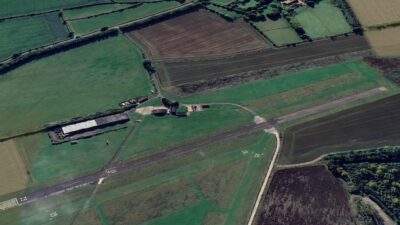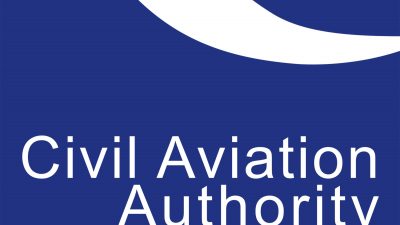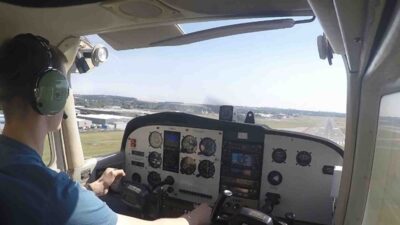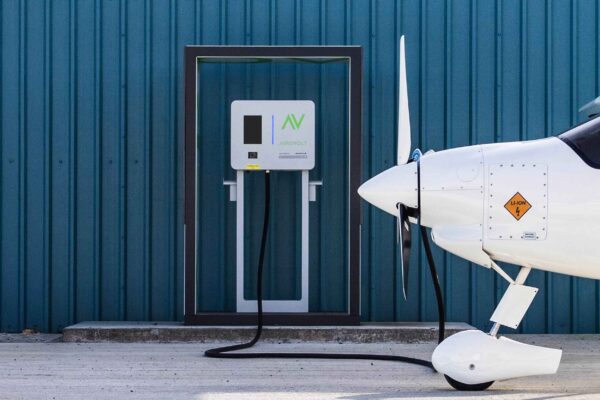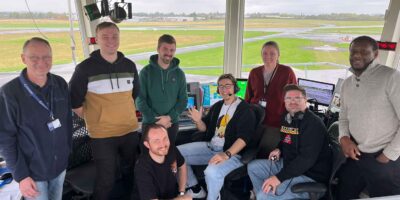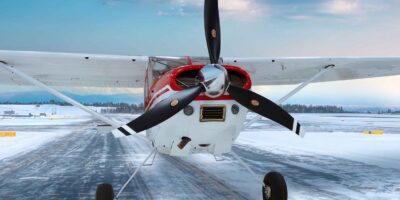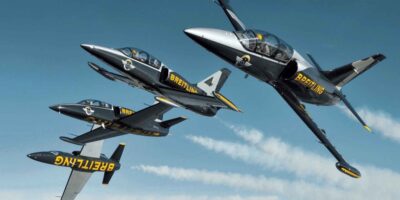Trials start this month of ground-based ADS-B ‘obstruction’ beacons at gliding sites around the UK. When switched on, pilots flying with suitable equipment will see a real-time warning that gliding activity, such as winch launches, is taking place.
As part of the ongoing Airspace Modernisation Strategy, the CAA is looking for measures to mitigate the risks of overflying winch launch sites, and other similar risks, using the 978Mhz spectrum. That’s commonly used in the USA as a secondary ADS-B frequency and for Traffic Information System Broadcast (TIS-B) and Flight Information System – Broadcast (FIS-B).
uAvionix is supporting the trials by providing purpose-built powered obstruction beacons that will be placed at 13 gliding club sites throughout the UK. The sites will be shown when operational on any Electronic Flight Bag (EFB) with an ADS-B IN devices such as uAvionix skyEcho2 and ForeFlight Sentry.
The obstruction beacons will be switched on and broadcast only when flying activities are underway at the participating club sites. The project will take place between 1 September and 31 October 2022.
Stuart Lindsey, Head of Airspace Modernisation Strategy at the CAA, said, “The trial of functionality such as ADS-B Obstruction Beacons helps us understand and evaluate the benefits of deploying digital Flight Information Services as part of the Airspace Modernisation Strategy.
“We are pleased to fund this trial via the Airspace Modernisation Strategy Support Fund (AMSSF) and that uAvionix have chosen to work with some of our key General Aviation stakeholders to improve the promulgation and awareness of their activities at the trial locations, to deliver a safety benefit.”
Pete Stratten, CEO of the British Gliding Association, added, “The BGA has for several years recorded and raised awareness of hazardous overflights of glider winch launch sites by aeroplanes and helicopters.
“These sites are depicted on half-mil charts and described within the AIP. Participating in the obstruction beacon trial will contribute to an understanding of the effectiveness of using technology to highlight a fixed airspace hazard during flight and in doing so reduce mid-air conflict risk. It is important too that the equipment is reliable and affordable.”
Click here for more info


